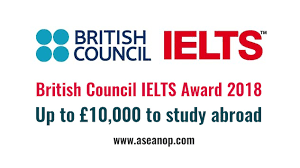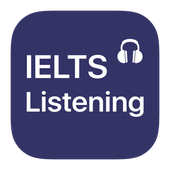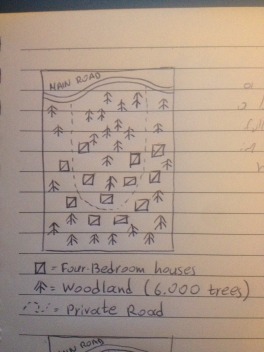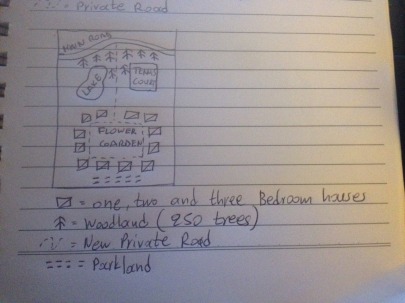My new article on online teaching tools for the special edition of ELTA Newsletter appeared first here
Transitioning smoothly to online teaching : easy and free to use online resources
By Vicky Papageorgiou, Metropolitan College, Athens
Keywords : online teaching, face-to-face teaching, Google classroom, Miro’, Kialo, Kahoot, Quizlet, Adobe Acrobat Reader, Grammarly, Write and improve, ESOL apps
In response to the ongoing outbreak of coronavirus, all in-person courses were suddenly suspended last March in a remarkably big number of countries worldwide and most educators have had, or have been asked, to resort to remote instruction. Teaching remotely is of a different nature from teaching in the classroom. In a lot of cases, this unexpected development has led the educators to panic because there was not enough planning or training and a lot of teachers felt the transition as a kind of an experiment rather than a well-prepared move.
While adapting to any change generally is hard enough, having to deal with such a massive one in such a short time is a great shock to anyone. However, setting realistic expectations is a piece of wise advice, to begin with. Teaching online is quite different from teaching face to face. Different rules apply. However, on such short notice, the best thing we have to do is find practical solutions to cope with this new situation. This is the reason why this short guide has been created. It aims to give ESL teachers easy and free to use online tools that will facilitate their transition to online teaching and will allow them to organize their work easier.
This short guide has been organized depending on the various needs we have in a class. In other words, there are suggestions about apps that can be used instead of a whiteboard or for announcements, apps for quizzes, practical ideas for homework correction, etc.
Whiteboard and announcements
If you are not using a platform with an integrated whiteboard (for example Zoom) but you are using Skype, then you will need a whiteboard perhaps. So, there are some alternatives :
You can use it to share announcements and assignments, presentations, create folders, communicate assignment criteria with students, let students ask questions privately and let them create their own digital portfolios of their favourite work. You can also share due dates with them. Access is tracked, which can help you look for patterns in student habits (who accesses assignments immediately, who consistently returns to work and communicate those trends (anonymously) to students to help them build best practices. It can be accessed here: https://edu.google.com/intl/en_uk/products/classroom/?modal_active=none
Miro is an online collaborative white boarding platform that enables distributed teams to work effectively together, from brainstorming with digital sticky notes to watching presentations and interact with each other. It makes remote collaboration as engaging as face-to-face. Not all of its features are free but the core ones are free forever. It can be accessed here : https://miro.com/
Debates
Kialo is an easy to use, yet powerful tool to engage in thoughtful discussion, understand different points of view, and help with collaborative decision-making. Your students can join a pre-existing debate and contribute to the discussion, or they can create a new one and collaborate. It can be used in asynchronous teaching as well. You can find it here : https://www.kialo.com/
Quizzes
Kahoot is a quiz generator which is fun, although a bit addictive. You can choose between the myriads of kahoots (but go through them before you use them in the classroom because some of them have a lot of mistakes) or just create one. Or (why not?) ask your students to create one and collaborate with their classmates! Check it out here : https://kahoot.com/
If you are looking for something more sophisticated , then Quizlet is definitely for you. You can, again, use one of the existing quizzes or make your own one. It can be questions and answers, or words/terminology and their definition. Once you upload your work, the app does the work for you, creates the templates and also several games based on your input. Enjoy! https://quizlet.com/latest
Homework
Marking homework and giving feedback can work easily if you use several tools.
- Adobe acrobat reader for pdf
If students handwrite their homework, take a photo of their homework and send it to you, then worry not! You can easily transform this into a pdf but make sure you use adobe acrobat reader. When you do so, you can add your comments in sticky notes you can find on the right side. Then you just have to send it back to you with the individualized comments. https://get.adobe.com/reader/
You can ask your students to send you their homework typed. You can then upload it on your drive and edit it, correct it, leave comments and feedback. You can give access to your students. P.S. you can also ask them to collaborate together with other classmates to write something together, e.g. a story. They can work in a synchronous or asynchronous way and then edit each other’s pieces. It is extremely handy! Another use Google docs can have is that of a whiteboard! You can invite and give access to your class if you are using Skype, for example, and you can use a Google doc as a whiteboard where you write your comments, rules, etc.
Storyboards
You can choose from a library of professionally created templates, you can upload your own photos or use their image library and then add filters and edit text. There is a free plan which you can use.
Editing
If you are setting written homework, which you most definitely are, ask students to install Grammarly since it is a great free online writing assistant which will correct their spelling and grammar and will definitely teach them a lot and improve their writing. Particularly helpful to all struggling students!
This is for self-study but not only! You can have your students practise writing English, submit their work, get a grade for their written work in seconds. They are also given feedback and can make changes to improve! It can help them gain some kind of independence and initiative when they are using such an app. This is created by Cambridge, by the way!
Hopefully, all this information is useful to a lot of teachers currently. Not all of them are new apps/tools, of course, but they are all very easy to use and, above all, they are free. Above all, they have been listed according to their use so that educators can find easily which one to use and for which reason. Finally, it is needless to underline that this is, by no means, an exhaustive list. So, you are free to find and use the one(s) that suit you the most. Good luck and stay safe!
*********
Vicky Papageorgiou is an ESL/EAP instructor and an art historian with approximately 20 years of experience, mainly with adult learners. She holds an MA in Education (Open University of Cyprus) and an MA in Art (Goldsmiths College, UK) and she was also awarded a PGCE in Technology Enhanced Learning with distinction from the University of Wales Trinity Saint David . She studied in Greece, Italy and the UK but also participated in an international project for the McLuhan program in Culture and Technology for the University of Toronto, Canada. Her fields of interest are Technology enhanced learning, Art in ESL, critical thinking, Inquiry Based learning and teaching adults. She is also the website editor of the Visual Arts Circle. She currently divides her time between Athens (Greece) working as an ESL/EAP instructor and teaching EAP in the UK..





